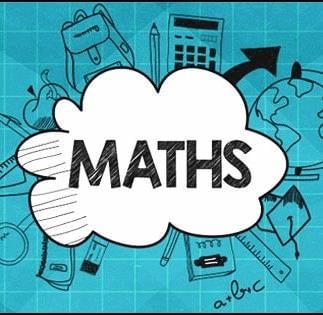Ratio-to-moving average method, Business Mathematics and Statistics | SSC CGL Tier 2 - Study Material, Online Tests, Previous Year PDF Download
Ratio-to-moving average method : The method of monthly totals or monthly averages does not give any consideration to the trend which may be present in the data. The ratio-to-moving-average method is one of the simplest of the commonly used devices for measuring seasonal variation which takes the trend into
consideration: The steps to compute seasonal variation are as follows :
(i) Arrange the unadjusted data by years and months.
(ii) Compute the trend values by the method of moving averages. For this purpose take 12 month moving average followed by a two-month moving average to recentre the trend values.
(iii) Express the data for each month as a percentage ratio of the corresponding moving-average trend value.
(iv) Arrange these ratios by months and years.
(v) Aggregate the ratios for January, February etc.
(vi) Find the average ratio for each month.
(vii) Adjust the average monthly ratios found in step (vi) so that they will themselves average 100 percent. These adjusted ratios will be the seasonal indices for various months.
A seasonal index computed by the ratios-to-moving-average method ordinarily does not fluctuate so much as the index based on straight-line trends. This is because the 12-month moving average follows the cyclical course of the actual data quite closely. Therefore the index ratios obtained by this method are often more representative of the data from which they are obtained than is the case in the ratio-to-trend method which will be discussed later on.
Illustration : Prepare a monthly seasonal index from the following data, using moving averages method :
Monthly Sales of XYZ Products Co,. Ltd. (Rs.)
Year
2000 2001 2002
January 3,639 3,913 4,393
February 3,591 3,856 4,530
March 3,326 3,714 4,287
April 3,469 3,820 4.405
May 3,321 3,647 4,024
June 3,320 3,498 3,992
July 3,205 3,476 3,795
August 3,205 3,354 3,492
September 3,255 3,594 3,571
October 3,550 3,830 3,923
November 3,771 4,183 3,984
December 3,772 4,482 3,880
Average of Monthly Averages 100.55
Putting average of monthly averages as 100, monthly averages have been admitted to obtain seasonal index for each month.
For example, Seasonal Index for January =
For February =
Merits
This method is more widely used in practice than other methods. The index calculated by the ratioto- moving average method does not fluctuate very much. The 12-month moving average follows the cyclical course of the actual data closely. So index ratios are the true representative of the data from which they have been obtained.
Limitations
All seasonal index numbers cannot be calculated for each month for which data is available. When a four month average is taken, 2 months, in the beginning and 2 months in the end are left out for which we cannot calculate seasonal index numbers.
|
1366 videos|1313 docs|1016 tests
|
FAQs on Ratio-to-moving average method, Business Mathematics and Statistics - SSC CGL Tier 2 - Study Material, Online Tests, Previous Year
| 1. What is the ratio-to-moving average method? |  |
| 2. How is the ratio-to-moving average method used in business? |  |
| 3. What are the advantages of using the ratio-to-moving average method? |  |
| 4. What are the limitations of the ratio-to-moving average method? |  |
| 5. How can the accuracy of the ratio-to-moving average method be improved? |  |




























